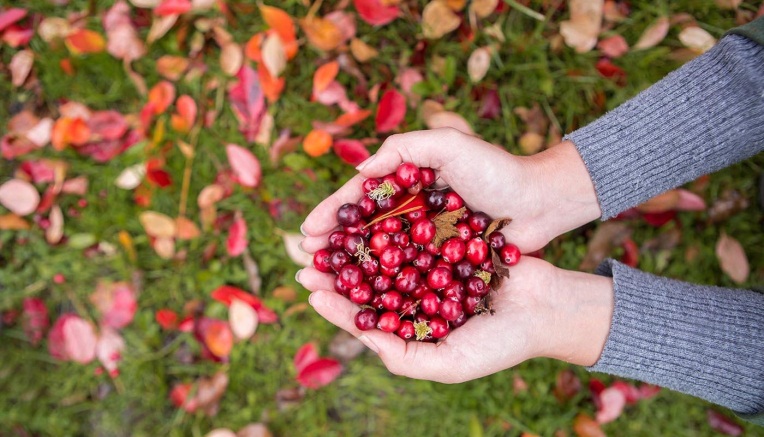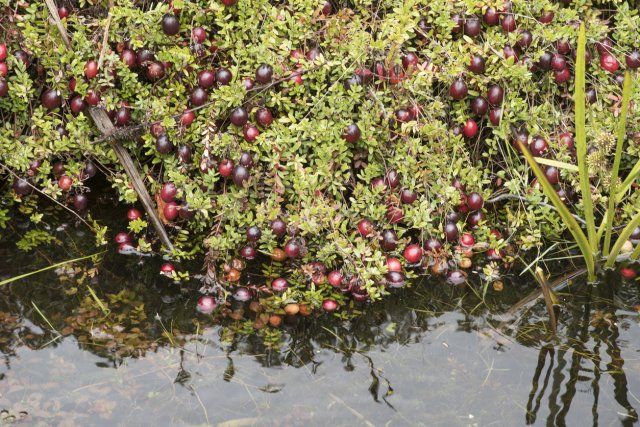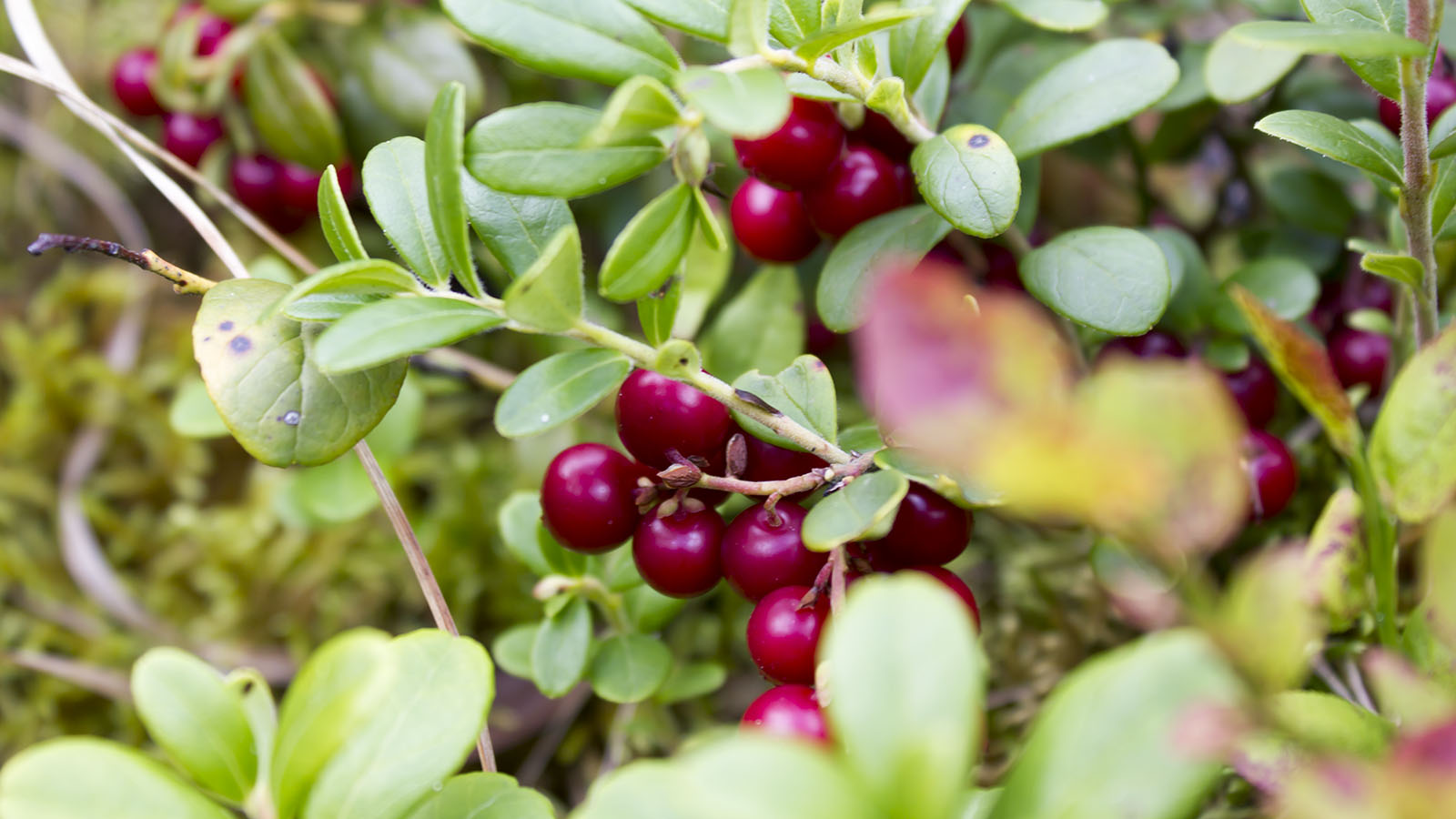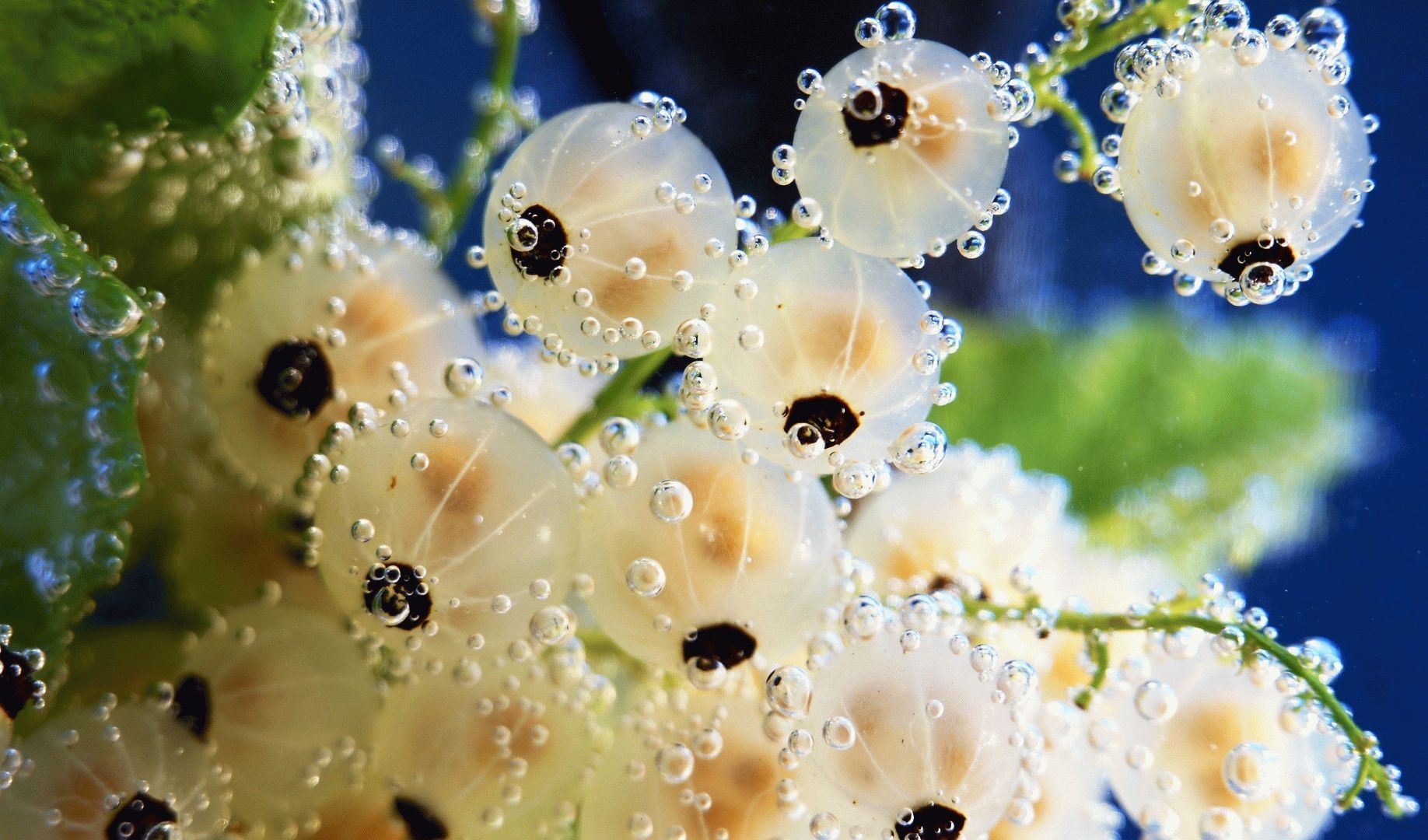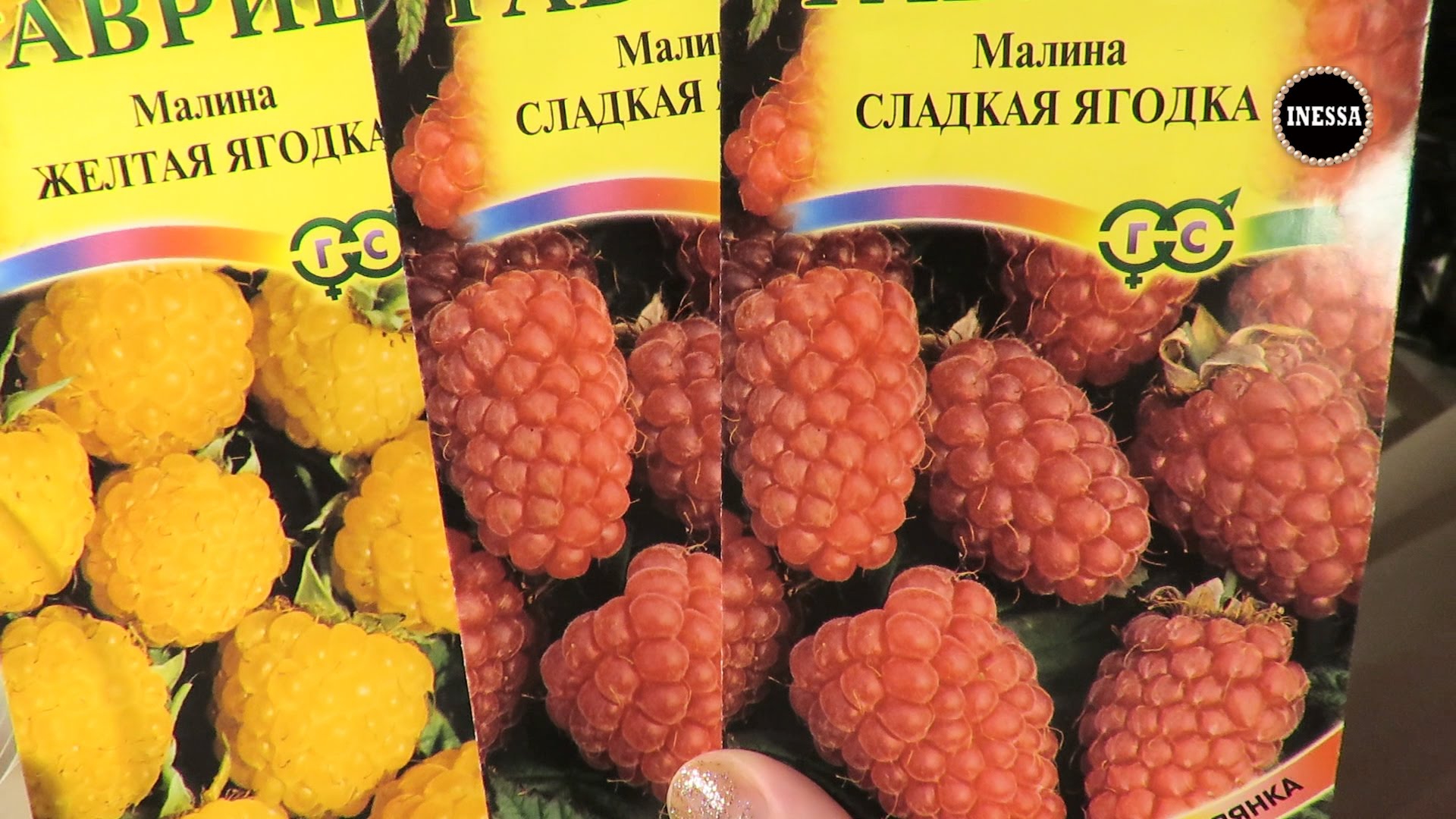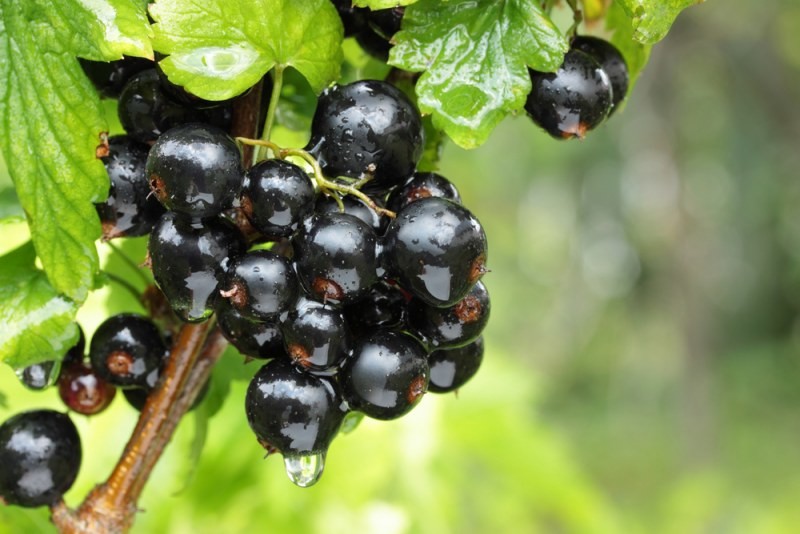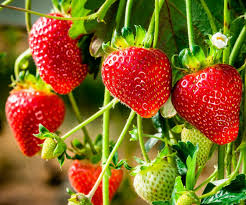Content:
Cranberries are a healthy and tasty wild berry. Depending on the size of the berries, this culture is of three types: small-fruited, large-fruited and red-fruited vaccine. Among them, a large-fruited species has been cultivated and has been successfully grown for more than 100 years. At the same time, it is grown both on large plantations and in summer cottages. Due to its unpretentiousness, it is cultivated not only in the temperate climatic zone, but also in more severe conditions (Siberia, the Far East).
This article will describe in detail the entire technology of how to grow cranberries on a personal plot: from choosing a place and requirements for soil conditions to caring for a plantation and harvesting rules.
If a novice gardener has just had cranberries in the country, you can both grow seedlings and get a good harvest of berries of this crop by following the recommendations below.
Where does cranberry grow
Cranberry is a plant that grows naturally in well-humid lowlands, on raised and transitional peat bogs, on swampy shores of lakes and small rivers. Like such wild berries as lingonberries and blueberries, it prefers semi-shady, not in the very sun places with rich humus, acidic and light soil.
Requirements for the growing area
Growing cranberries will be more productive in an area with the following characteristics:
- The soil - loose, permeable, sandy or sandy loam, rich in humus. Soil acidity should be less than 4.0. The most suitable for this bog berry are high-moor peat bogs;
- Illumination - cranberries prefer well-lit places. At the same time, shrubs are not placed in the sun itself, where very active evaporation of soil moisture occurs and conditions for growth deteriorate;
- Ground water level - for normal growth and development of culture, it is necessary that the groundwater level is closer than 50 cm from the surface. However, garden cranberries, unlike wild ones, suffer greatly from flooding of the root system with groundwater. Therefore, with a very close occurrence of soil waters (closer than 20-25 cm), when preparing the soil, the bottom of the garden bed or trench is covered with a layer of drainage (expanded clay);
- Moisture - being a moisture-loving crop, cranberries prefer low, well-moistened areas. The presence of sufficient moisture in the soil is the main condition for the normal growth and development of cranberries.
The cultivation (cultivation) of this culture requires the selection of a site near fences, farm buildings, shrubs that do not reduce its illumination, but at the same time are an obstacle to cold winds.
When is it better to plant a berry
This crop is planted in early spring, when the fertile soil layer has thawed to a depth of 10-12 cm. Unlike other berries, cranberries are not planted in autumn - at this time, a site is prepared for laying a plantation for the next year.
Landing methods
Depending on the free space for the cranberry plantation, it is planted by the following methods:
- Into the holes - it is used when there is not enough free space in the summer cottage. To do this, a hole is dug with a diameter of about 1 meter and a depth of 25-30 cm, its bottom is lined with a covering material in two layers and up to the top is filled with a mixture of high-moor peat with coniferous litter. After this, the hole is thoroughly watered with water, and seedlings or cranberry seedlings are planted in it;
- Framed - rectangular frames are fastened from oak boards, placed on the soil cleared of weeds and stones. The bottom of the frames is lined with two layers of covering material, a layer of high-moor peat, humus and coniferous litter is poured over it. The beds are thoroughly watered and seedlings are planted in them;
- To the beds - for this, a trench is dug in the ground to a depth of 20-25 cm, its bottom and walls are covered with a covering dense material, and covered with a layer of high-moor peat. The trench is fenced on four sides with a frame made of a board 10-15 cm high.
Cranberries are planted in holes with prepared soil mixture, leaving a distance between plants of 15-20 cm, between rows - 20-25 cm.
Care
When growing cranberries in a garden plot, caring for its plantation consists of the following activities:
- Watering and acidification - during the growing season, the plantation is often watered, maintaining the moisture content of the substrate layer in which the plant's root system is located at a very high level. Also, when watering, the soil is acidified. To do this, add citric acid (1 teaspoon per 3 liters of water), table vinegar (10 ml per 1 liter of water), sulfuric acid (5 ml per 1 liter of water) to the water;
- Mulching - to preserve moisture periodically, the soil surface of the cranberry plantation is mulched with sand, coniferous litter, and high-moor peat. The layer of mulch applied at a time should not be more than 3-4 cm;
- Top dressing - from 3-4 years of age, fruiting plants are fed with complex fertilizers ("Solution", "Kristalin", "Kemira", "Universal"), according to the doses given in their instructions, twice a year: in early spring (at the end of April) and in mid-summer (late July-early August);
- Pruning - perform this technique twice a year: in spring and autumn. At the same time, vegetative shoots creeping on the ground are removed or shortened. Most of the cut shoots are used as cuttings for growing new seedlings;
- Warming - for the winter, crop plantations are covered with spruce branches, burlap.
When cranberries are harvested
The early varieties are harvested in mid-summer. At the same time, they try to berry to collect as it reaches maturity, which can be determined visually:
- When ripe, the cranberries take on a uniform reddish brown color. The seed inside a ripe berry is brownish;
- An unripe berry is characterized by a pale, uneven reddish or yellowish color.
The harvested harvest of ripe berries is used for food, homemade preserves (compotes, jam), cranberry juice are made from it. Unripe berries are placed in boxes or containers and placed in the sun to ripen.
Reproduction
Cultivation of garden cranberries is carried out by generative (seeds) and vegetative (cuttings) methods:
- Seeds - for this, after harvesting, the berry is allowed to fully ripen.After that, the berries are gently rubbed with your fingers, washed the pulp under running water, separating small seeds from it, dried them and sown in pots, cassettes. When sowing, the seeds are scattered over the surface of the substrate and covered with a layer of peat 0.5 cm thick on top. After that, the containers are thoroughly watered and covered with film or glass. After the emergence of 4-5 true leaves at the seedlings, they are transplanted to the beds, where the seedlings are grown for another 1.5-2 years. The seedlings obtained in this way are planted in open ground for 2-3 years. If the seeds are planned to be sown later, they are stratified to increase germination. To do this, they are placed in a container with wet sand, which is placed in the refrigerator for 3-4 months. They try to prepare seeds from healthy plants that are not affected by diseases and pests;
- Green cuttings - experts advise harvesting cuttings from well-rooted, fruiting, not affected by pests and diseases of plants. A well-ripened horizontal shoot 10-12 cm long is cut off by cuttings. After cutting, the cuttings are planted in special pots, cassettes or frames filled with a mixture of peat and sand and placed in a well-lit greenhouse or covered with a film. In this case, the cut site is buried in the soil mixture by 3-4 cm, the substrate around the cutting is carefully compacted. Cuttings are often watered. As a rule, the planting of the seedlings obtained in this way in the open ground is carried out in 1.5-2 months.
Disease and pest control
Before growing cranberries, having considered and assimilated the previous points of agricultural technology, you should also consider diseases and pests that damage this crop, as well as control measures.
The main diseases that damage cranberries in the country, personal plot, are:
- Snow mold - this disease looks like a bloom of a dirty whitish color on the shoots that have come out of wintering;
- Red spot - bright red oval or rounded spots protruding above the leaf surface;
- Phomopsis - dirty gray spots, gradually turning into ulcers on the stems and covering the whole plant.
The main measures to combat these diseases are:
- Timely pruning;
- Rational use of fertilizers, reducing the growth of the vegetative mass of the plantation, and reducing the risk of diseases due to excess moisture and high density of the stem;
- Removal of damaged shoots;
- Weed control - disease vectors;
- Application of chemical agents - fungicides ("AcrobatMTs", "Topsin M", "Horus").
Of the pests, the following are the most harmful to cranberries:
- Lingonberry leaf roll;
- Cabbage scoop;
- Heather moth.
The main measures of pest control are the removal of weeds on which they live and reproduce, the rational and balanced use of fertilizers. In case of severe damage, such insecticides as "Aktelik", "Aktara", "Calypso", which are allowed on cranberries, are used.
Cranberries in the garden are not only a tasty berry, but also the most important source of vitamins, amino acids and trace elements necessary for humans. Eating it even in small quantities in winter, you can forget about expensive vitamin complexes and supplements, fully replenishing the body's need for substances essential for its normal functioning.
